LOCATION
Our Hotel is located in the historical center of Istanbul which is on walking distance from such places as Hagia Sophia Museum, Topkapi Palace, Blue Mosque, Grand Bazaar, Basilica Cistern, Hippodrome. Also Tram Stop is located only 1 minute away from our Hotel. Pell Palace Hotel provide modern services with the latest technological facilities and waiting for you with its Pella Coffee, SPA, 27 rooms with different features, its unique location and its friendly staff.
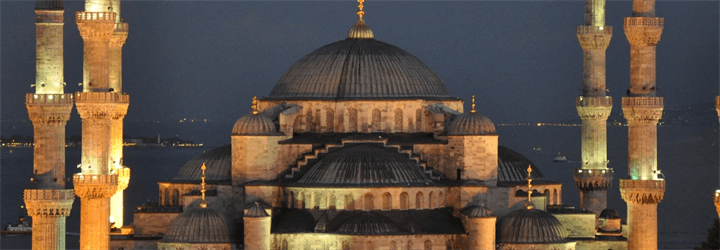
The Blue Mosque or Sultan Ahmet Mosque (Turkish: Sultan Ahmet Camii) is a historic mosque located in Istanbul, Turkey. A popular tourist site, the Sultan Ahmed Mosque continues to function as a mosque today; men still kneel in prayer on the mosque's lush red carpet after the call to prayer. The Blue Mosque, as it is popularly known, was constructed between 1609 and 1616 during the rule of Ahmed I. Its Külliye contains Ahmed's tomb, a madrasah and a hospice. Hand-painted blue tiles adorn the mosque’s interior walls, and at night the mosque is bathed in blue as lights frame the mosque’s five main domes, six minarets and eight secondary domes.[2] It sits next to the Hagia Sophia, another popular tourist site.
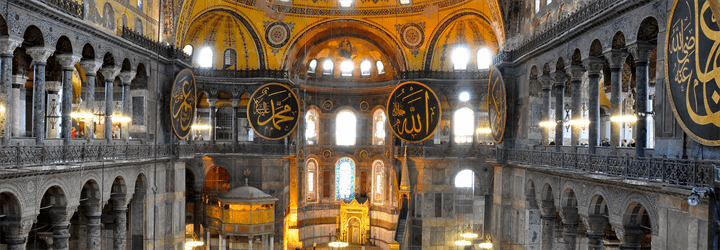
The Hagia Sophia, one of the historical architectural wonders that still remains standing today, has an important place in the art world with its architecture, grandness, size and functionality.
The Hagia Sophia, the biggest church constructed by the East Roman Empire in Istanbul, has been constructed three times in the same location. When it was first built, it was named Megale Ekklesia (Big Church); however, after the fifth century, it was referred to as the Hagia Sophia (Holy Wisdom). The church was the place in which rulers were crowned, and it was also the biggest operational cathedral in the city throughout the Byzantine period.
The first church was constructed by Emperor Konstantios (337-361) in 360. The first church was covered with a wooden roof and expanded vertically (basilica) yet was burned down after the public riot that took place in 404 as a result of the disagreements between Emperor Arkadios’ (395-408) wife empress Eudoksia and Istanbul’s patriarch Ioannes Chrysostomos, who was exiled. The patriarch’s mosaic portrait can still be viewed at the tymphanon wall located in the northern part of the church. No remains have been recovered from the first church; however, the bricks found in the museum storage branded ‘Megale Ekklesia’ are predicted to belong to the first construction.
The second church was reconstructed by Emperor Theodosios II (408-450) in 415. This basilical structure is known to contain five naves and a monumental entrance; it is also covered by a wooden roof.
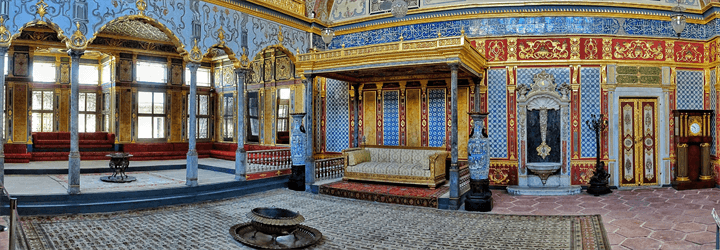
Topkapi Palace Museum, understanding the administrative structure of the Ottoman Empire, observing the palace life of the Ottoman Empire and reaching the riches of the Ottoman Empire. In the museum you can visit the administrative buildings of the Ottoman state and the Haremeden Treasury, Sacred Relics, Weapons Collection, Sultan's Portals, Portalı and Porcelain sections of the Sultan's family.
The Topkapi Palace, which is the administrative center of the state and the place of life of the sultan and his family for 380 years since 1478, was opened as a museum on October 9, 1924 and was opened on that day it continues to serve as one of the highest number of visitors since the number of visitors.
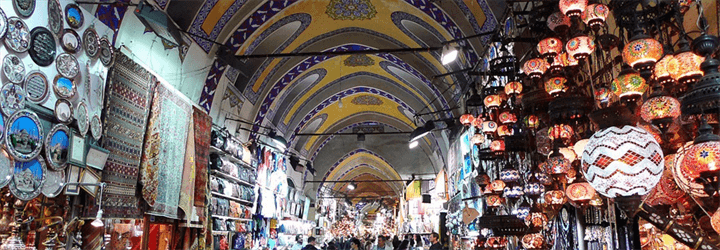
The Grand Bazaar (Turkish: Kapalıçarşı, meaning ‘Covered Market’; also Büyük Çarşı, meaning ‘Grand Market’) in Istanbul is one of the largest and oldest covered markets in the world, with 61 covered streets and over 4,000 shops which attract between 250,000 and 400,000 visitors daily. In 2014, it was listed No.1 among the world's most-visited tourist attractions with 91,250,000 annual visitors. The Grand Bazar at Istanbul is often regarded as one of the first shopping malls of the world.
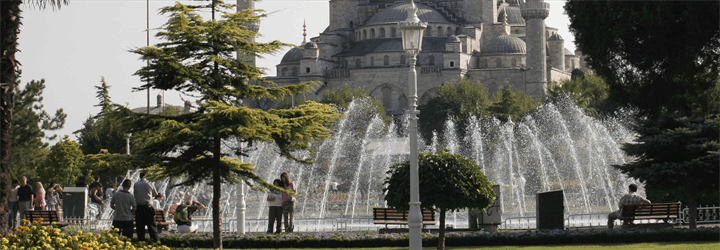
The Sultanahmet Square is the old historic quarter of Istanbul and here you will find some of the most significant historic monuments of Istanbul. The district was named after Sultan Ahmet I, the builder of the Blue Mosque which sits at one end of the leafy square. Facing the Blue Mosque at the opposite end of the square is the magnificent Hagia Sophia.
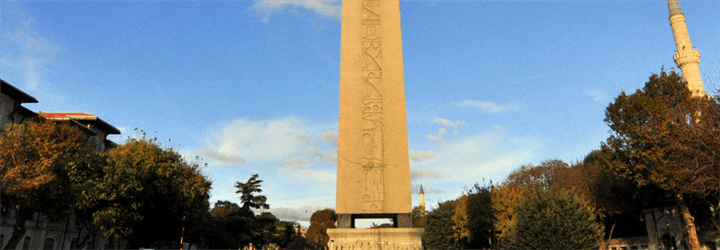
The Hippodrome of Constantinople was a circus that was the sporting and social centre of Constantinople, capital of the Byzantine Empire. Today it is a square named Sultanahmet Meydanı (Sultan Ahmet Square) in the Turkish city of Istanbul, with a few fragments of the original structure surviving.
The word hippodrome comes from the Greek hippos (ἵππος), horse, and dromos (δρόμος), path or way. For this reason, it is sometimes also called Atmeydanı ("Horse Square") in Turkish. Horse racing and chariot racing were popular pastimes in the ancient world and hippodromes were common features of Greek cities in the Hellenistic, Roman and Byzantine era.
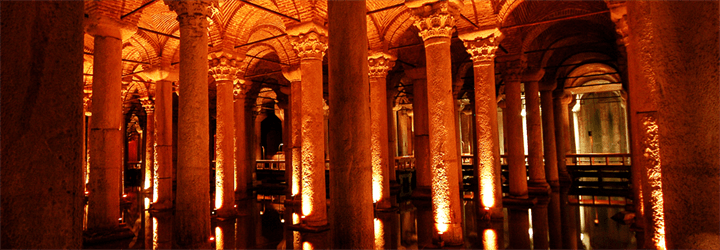
This subterranean cistern, in Greek kinsterne, was called Basilica because it was located under a large public square on the First Hill of Constantinople, the Stoa Basilica. At this location, and prior to constructing the cistern, a great Basilica stood in its place, built between the 3rd and 4th centuries during the Early Roman Age as a commercial, legal and artistic centre. The basilica was reconstructed by Illus after a fire in 476.
Ancient texts indicated that the basilica contained gardens, surrounded by a colonnade and facing the Hagia Sophia. According to ancient historians, Emperor Constantine built a structure that was later rebuilt and enlarged by Emperor Justinian after the Nika riots of 532, which devastated the city.
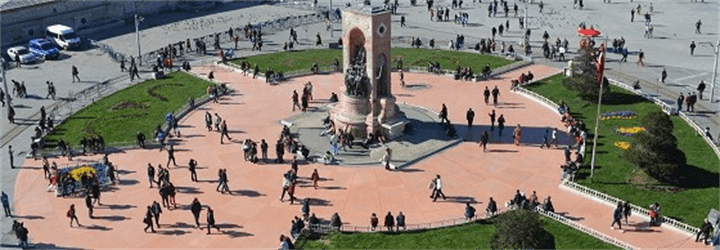
Taksim Square (Turkish: Taksim Meydanı, situated in Beyoğlu in the European part of Istanbul, Turkey, is a major tourist and leisure district famed for its restaurants, shops, and hotels. It is considered the heart of modern Istanbul, with the central station of the Istanbul Metro network. Taksim Square is also the location of the Republic Monument which was crafted by Pietro Canonica and inaugurated in 1928. The monument commemorates the 5th anniversary of the foundation of the Republic of Turkey in 1923, following the Turkish War of Independence.
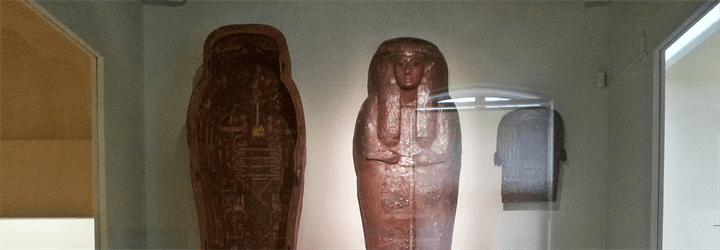
This superb museum showcases archaeological and artistic treasures from the Topkapı collections. Housed in three buildings, its exhibits include ancient artefacts, classical statuary and an exhibition tracing İstanbul's history. There are many highlights, but the sarcophagi from the Royal Necropolis of Sidon are particularly striking. Note that the ticket office closes one hour before the museum's official closing time.
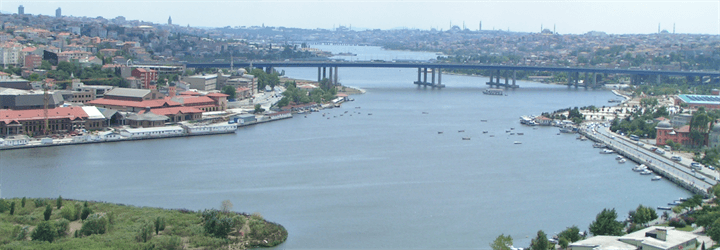
During the Ottoman Empire age, the hill was a popular picnic area. According to the 17th century Turkish traveller Evliya Çelebi, the hill and the surrounding area was called İdris Köşkü Mesiresi ("The İdris Mansion resort). In the 19th century, there was a coffeehouse named Rabia Kadın Kahvesi. Pierre Loti who came to İstanbul in 1876 frequently visited the coffehouse and completed his novel Aziyadé in the coffeehouse.[2]
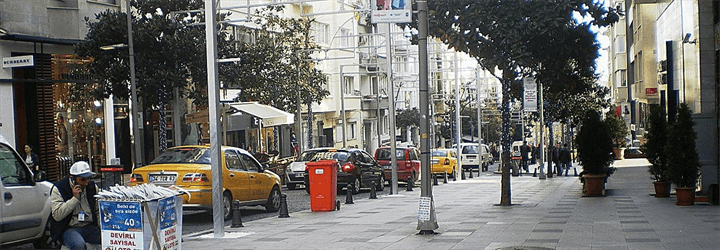
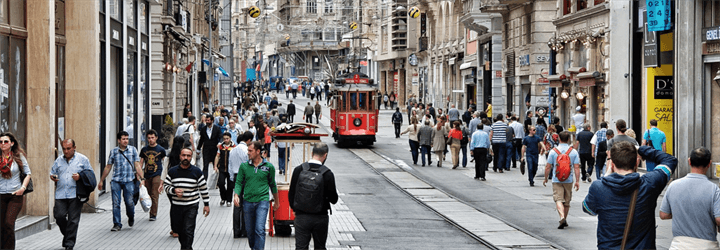

Istanbul Airport, which is the largest infrastructure project in the history of the Republic and opened its first phase on October 29, 2018, serves its passengers with full capacity as of April 6, 2019. Covering an area of 76.5 million square meters, the new airport attracts attention as a global transfer center between the Asian, African and European continents. The annual passenger capacity of Istanbul Airport, which has been awarded the "Special Achievement Award" in the "Superior Innovation" category in the Leisure Lifestyle awards of Global Traveler, one of the most prestigious publications of the tourism sector in the world, is expected to reach 200 million people.
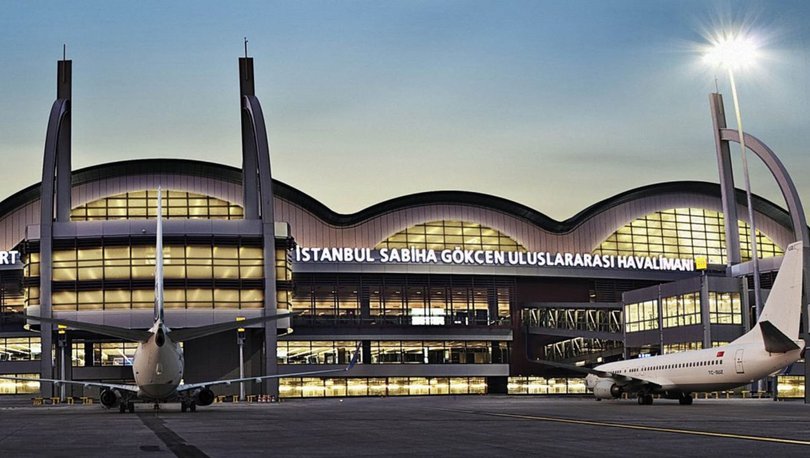
Sabiha Gökçen International Airport (IATA: SAW, ICAO: LTFJ) is the second airport of Istanbul, built on the borders of Pendik district. Airport name, has received the world's first female fighter pilot and Turkey's first woman pilot who was from Sabiha Gökçen. The foundation of the airport was laid in February 1998, and the airport, which was completed in January 2001, cost a total of 550 million USD. The airport is operated by Malaysia Airports. Istanbul Sabiha Gökçen International Airport Investment Construction and Management Inc., whose ground services, operations, cargo and security operations are shortly named ISG. carried out by. Sabiha Gökçen Airport, which hosted 31.385.841 passengers, 219.656 aircraft and 50.868 tons of cargo traffic in 2017, is the second busiest airport in the country. Airhelp.com was selected as the 29th best airport in the world, with 7.93 points out of 10 in the survey that more than 40 thousand passengers from more than 40 countries participated in the scope of AirHelp Score 2019. [3]